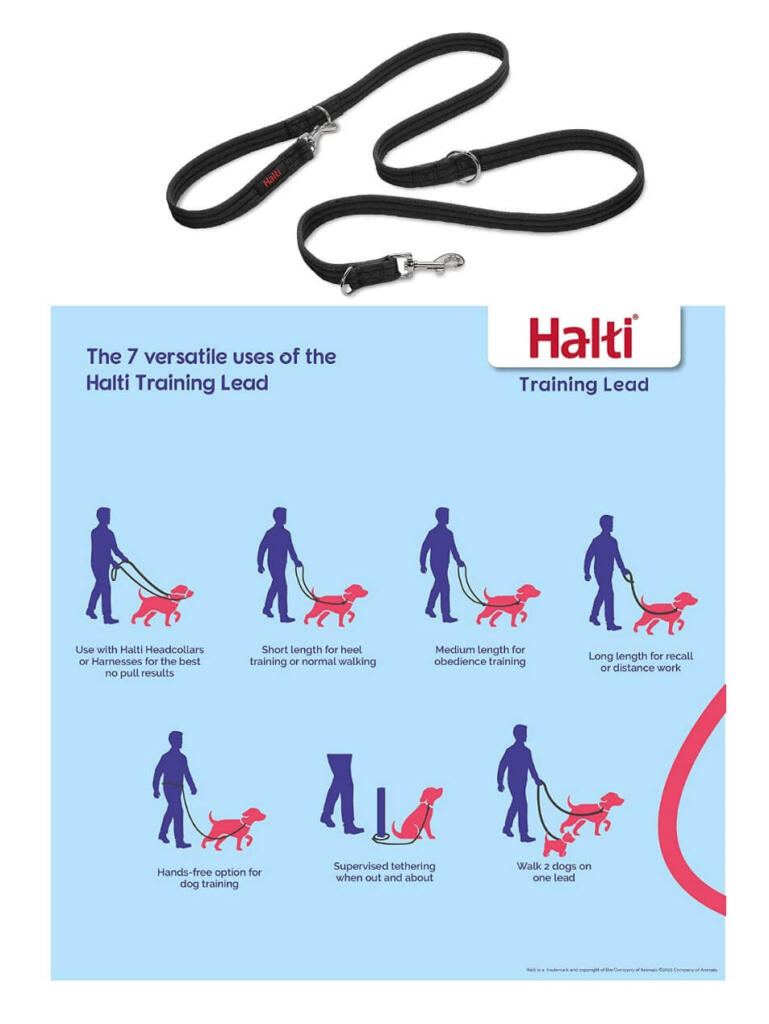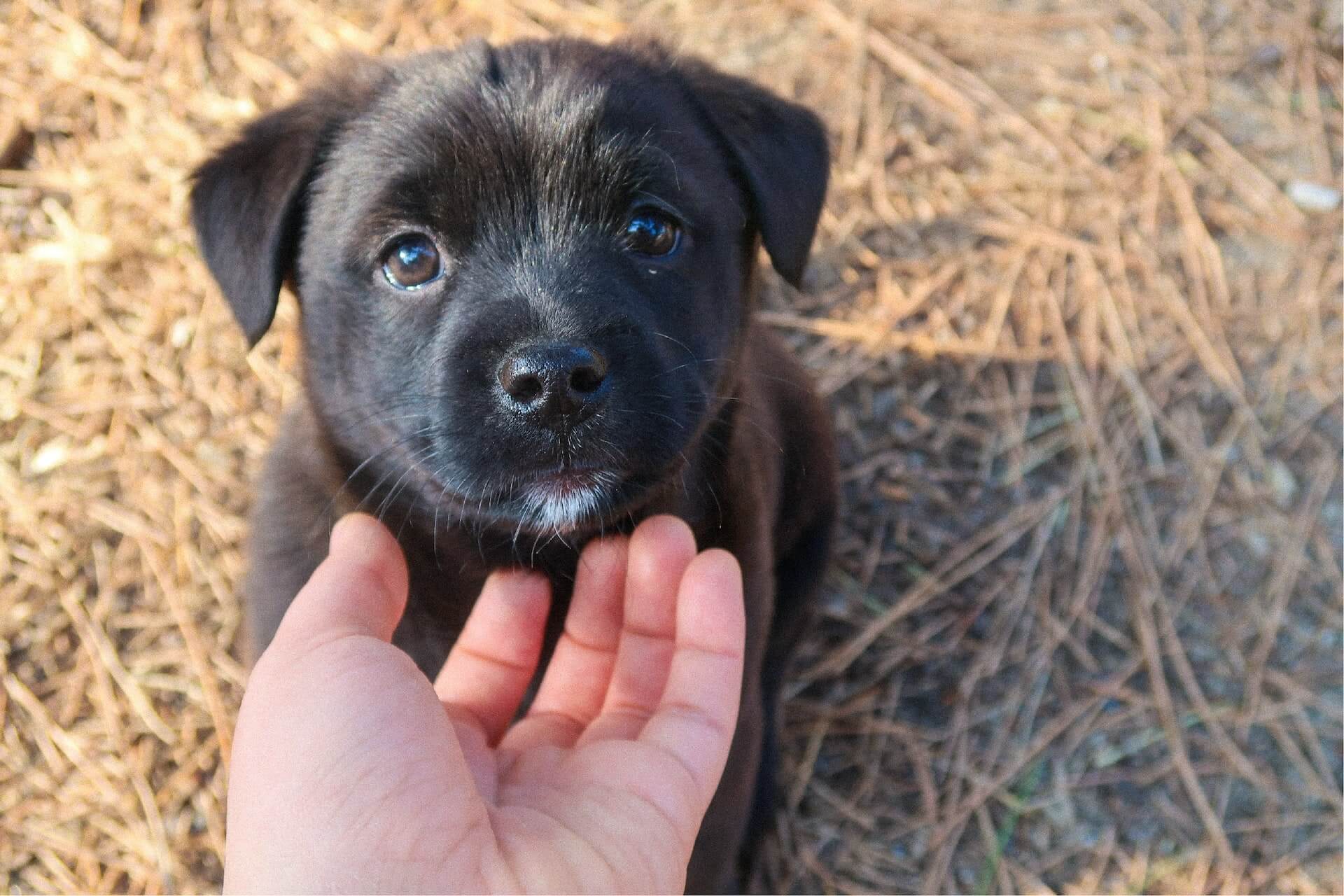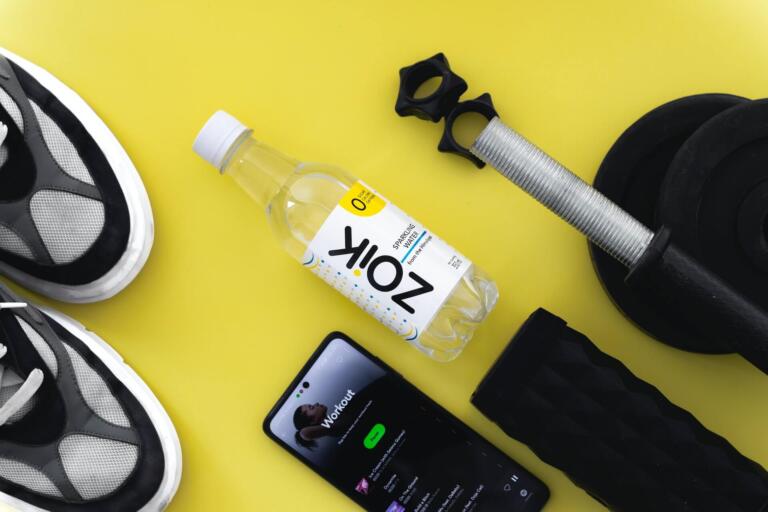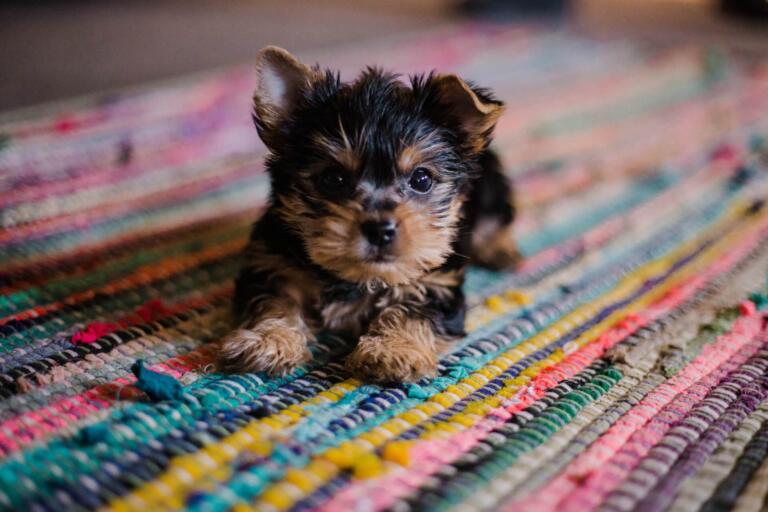Getting your first dog comes with some responsibilities, especially at the beginning and you will need to apply some puppy training basics. The first few months are the most chaotic and difficult to adapt for both owner and puppy. You can become overwhelmed by the number of things happening all at once.
It’s difficult, however and in a few days, you will get used to this new little furball in your home. You will need a few tools and treats to help you on your way to training your new puppy. Of course, the most important tool you will need is patience.
Establish a schedule
Establishing a schedule in the potty training phase is going to make juggling things easier. The main things to consider including in a puppy training schedule are feeding, training sessions, naps and walks.
Feeding in the morning just before the first walk helps some dogs go potty quicker. Morning walks are a staple for many dog owners’ schedule. After that, a few minutes o training followed by a nap wraps up the morning.
Potty training
In the beginning, a puppy will need to learn to go potty outside or on a pee pad. There are many different dogs and many different temperaments. Ordinarily, you get your puppy at eight weeks, which means it has already learnt from its mother not to potty where it eats.
A puppy still has to go out quite frequently to do its business. It is hard to stay vigilant throughout the day and have to take them out many times. During this initial training period, you usually take them out in the garden, on a pee pad or on a walk.
Crate training
Crate training is another basic training that happens in the same period as potty training. A crate is very useful when starting to train a puppy. It’s a great tool to teach them about their space and keep them calm.
There are many benefits to crate training a dog, especially as a puppy. For one, it teaches a young dog to be comfortable on its own. Keeping a dog close to you at all times is cute but it can become exhausting. It may even cause your dog to develop separation anxiety when you leave them alone.
Socialization
Getting your dog used to all manner of situations, people, sounds and smells helps it become more confident and comfortable. You can even use different types of materials around the house to get your puppy to walk over them. The carpet, hardwood floor, or floor tiles, all will feel different to a puppy.
Before starting with regular walks using your home to get a dog used to different surfaces gets them ready for outdoors. When you begin regular walks every day, your puppy should safely interact with other dogs as well. You might want to bring a friend’s dog that you trust so that the first interactions are safe and positive.
If possible, get your pup to meet other animals as well, like cats, birds in the park, and farm animals. Meeting other animals should all be done in safe conditions on a leash and with close supervision. It’s also important to have your dog vaccinated before starting this type of socialization.
Another thing to start getting your dog socialised with is touching. Mostly on their paws and face, which includes ears and mouth, as there will be a need for the vet to check them. It may sound odd at first but it is important to get your dog comfortable with getting checked at the vet.
Teach them their name
You will surely have a name in mind for your dog. Getting them to respond to this name is an important training basic that can take a little time. Armed with a handful of high-value treats every day and repetition will get the job done.
As part of everyday training, call out their name and reward them with a treat every time they respond. Naming conventions for dogs are particular and sometimes it’s useful to avoid names that sound too much like commands.
Teaching your dog recall
Responding to their name is one aspect that can lead to a dog also learning the recall command. It’s not necessarily a requirement to include their name in recall training, but in some cases, it can help. Start teaching recall inside and when getting it, move into the garden. After that begin trying it on walks as well.
Each part of the recall training will feel like starting from scratch. Moving outdoors and on walks, your dog will be more distracted and not want to focus on what you are asking of them. All the smells and sounds will be more interesting than anything else.
Leash and harness for puppy training
Introduce the leash and/or harness at the beginning of your puppy training as well. It’s important to let your young pup get used to the leash and harness’ smell and feel. Your pup could even nibble a little on these tools and it’s okay to let them do so for a little bit.
Reward any positive reactions with treats, and repeat this exercise every day. Gradually your dog will get accustomed to the idea that the leash and harness are fun and bringers of treat. Little by little you will be able to put the harness and leash on and start training your dog how to walk.
Walking is just another step in this leash training saga and it can be difficult for some dogs. Again, make sure to use treats and reinforce good behaviour with them. Your dog could start pulling on the leash too tightly and there are tricks to get them to slow down. A double-ended leash is probably the best and easiest way to go about it.
Conclusions
Getting a puppy can prove to be a difficult task to juggle. Luckily the beginning is the hardest part and it will get easier with every day that passes. Potty training is probably the major puppy training job. Later on, you will have other training tasks that you may want to implement.
Every training you do on your own could feel hard, but this initial training usually feels the hardest. Putting all these aspects into a schedule is something that will give your dog structure. A schedule will also help you plan everything as best as possible.




3 Comments